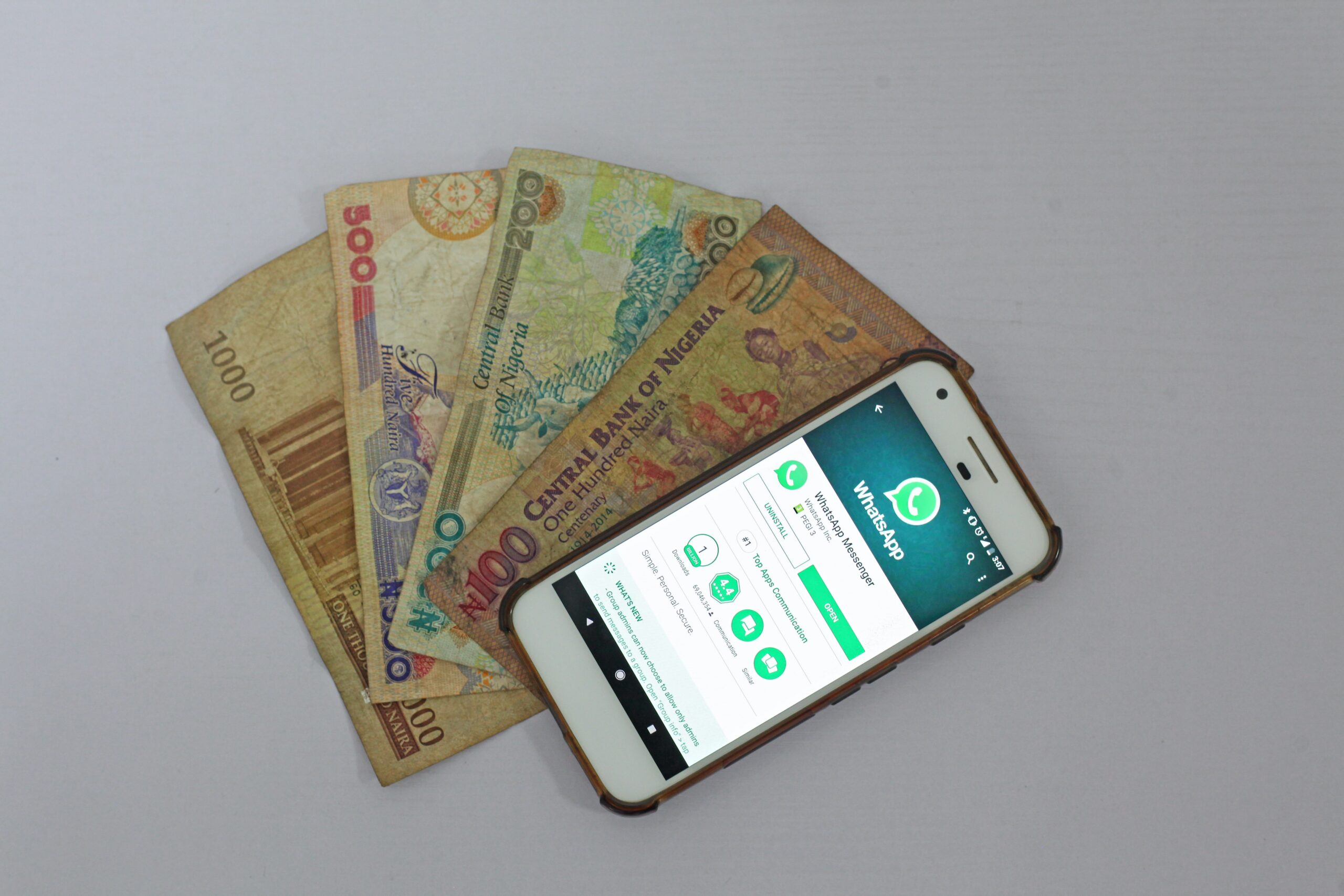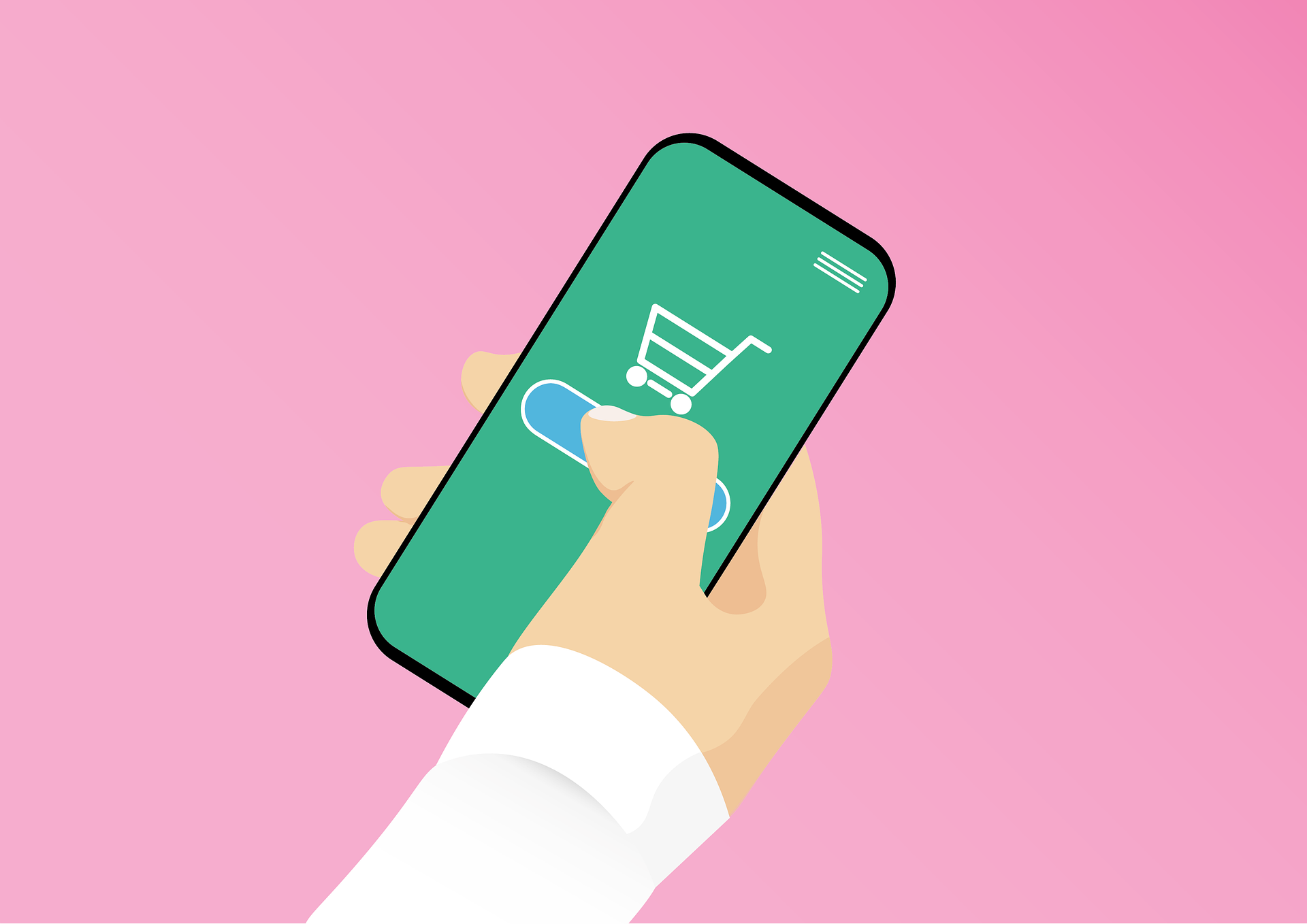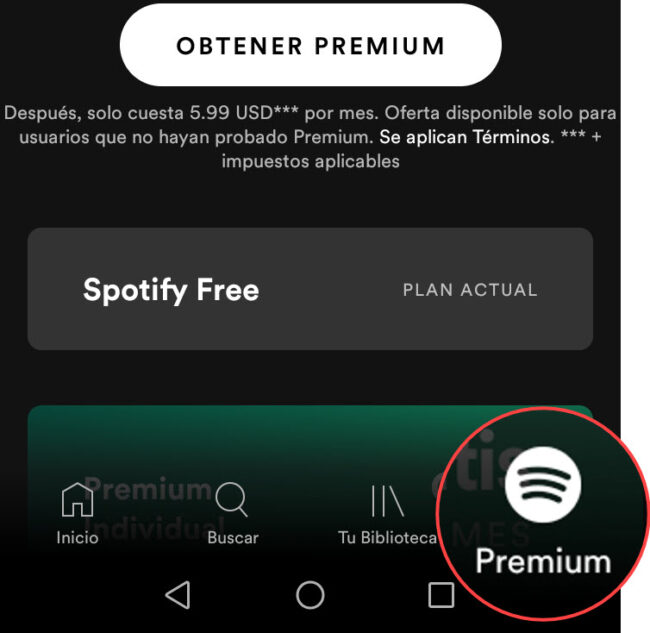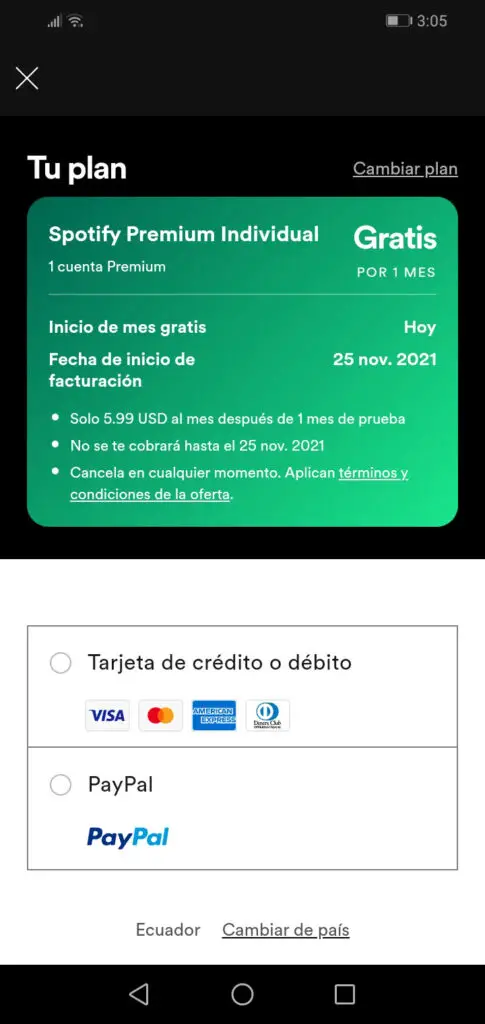
If you are a programmer or you plan to dedicate yourself to this activity, you probably already have an idea of how much money you can make developing applications , either by integrating advertising in them or by putting a price on your creations, as well as how much Google pays for application downloads (spoiler: nothing). Now, you may also wonder if there is a cost to put an application on the Play Store. For example, what is the initial investment that you must make and how much you will have to pay monthly, annually or if there is some type of commission that is cut from your earnings..
Value to open a developer account
Fortunately, publishing an application on Google Play has no cost per se. The only thing you have to pay is the Google Play developer registration fee, which is $ 25 and must be done only once, that is, it is not a recurring payment. Once that money is paid, you can publish as many apps as you want in the Play Store indefinitely at no cost, whether they are free or paid apps.
Cost to publish free APPS
If the application is free, you should not cancel any value. This means that you can keep your application published for free in the Play Store forever, without having to pay maintenance costs or the like. This also means that all the income you receive from the advertising that you have put in the APP through AdMob (which is the usual), will be for you. Google Play does not make any cuts or it will keep a part of the money here. It would be abusive to do so, since AdMob itself already takes a significant percentage of the advertising, which, based on what Adsense does, would be around 30%. That is, if your ad revenue through AdMob during the month was $ 100, you would keep $ 70 and Google would take $ 30..
Commission charged for payment APPS or "IN-APP" purchases

If your application is paid, things change a bit. When you price your application, you should consider that Google will keep 30% of the cost of the application. For example, if you put a price of $ 5 on your app, the value you will actually receive will be 3.50 and the remaining 1.50 will go to Google. Google Play users see the $ 5 value in the store, but under-the-table revenue sharing is done that way. This also applies to in-app purchases or "IN-APP", that is, sales of additional functions in the app.
Subscription fee
Another point is the issue of subscriptions. Currently Google keeps 30% of the value of a subscription during the first twelve months and drops to 15% after that period. That is, if you publish an app where you intend to charge the user $ 1 a month, Google will keep 30 cents of each of those payments for the first twelve months, leaving you 70 cents. If the user continues to subscribe, by the thirteenth month, the company will only keep 15 cents per month, which would correspond to you 85 cents. However, as of January 1, 2022 , this value of 30% will drop to 15%, from the moment a user subscribes to the service in your app..
I don't want to pay Google 30% commission


As for the distribution of income from purchases of applications or within them, you might think that you can evade this commission, so that you do not have to pay Google 30% and keep the total of the values that you indicate in the store. This could be perfectly possible. In fact, many services such as Spotify do it the way you see above: clicking on the Premium button opens a browser window to pay directly to this company by credit card or Paypal, without having to use the payment system from Play Store. However, you should be careful, as this is against Google Play policies . If you check the previous link it says:
Developers applying charges for apps and downloads from Google Play must use the Google Play billing system as a payment method.
The following is also indicated:
Apps distributed by Play must use the Google Play billing system as a payment method if they require or accept payments to access features or services, including digital content or products, and app features.
Some examples of application features or services that require the use of the Google Play billing system are in-app purchases of:
Items (such as virtual currencies, extra lives, extra playtime, add-ons, characters, and avatars).
Subscription services (such as fitness apps, games, dating, education, music, video, or other content subscription services).
Although Google Play's policies for developers mention that their gateway or payment system must be used to charge for applications or downloads from Google Play , as well as for in-app purchases of subscription services among other things, Spotify uses its own payment method, where the user can pay by credit card or PayPal. Not just Spotify, but also other big developer accounts like Netflix or Tinder (who have done this even on the Apple App Store ). Google was supposed to give these companies until September 30, 2021 to switch to your payment system and thus prevent your apps from being removed from the Play Store, but we are already ending October 2021 and the apps are still there. Google probably does not want an additional lawsuit to the one it currently has with Epic Games, for having removed the Fortnite game from its store , precisely because Epic implemented its own payment method in the game, bypassing the Google Play billing system.
Large companies like those mentioned have resources to fight Google against its 30% commission, which is not the case with small developers. If you do not want your app to be removed from the Play Store, you should not try to make direct charges in your application with a payment method other than the Play Store, for example, put a button on the APP to direct users to Paypal and that they pay you to your respective account, which is like you have the luxury of doing Spotify.
How much money do you earn creating APPS?
How much money can a good mobile game generate (Monument Valley case)